Adele Dumont reviews “A Kind of Magic” by Anna Spargo-Ryan
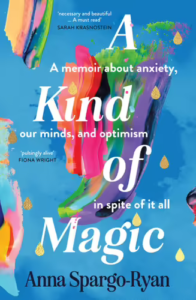 A Kind of Magic
A Kind of Magic
by Anna Spargo-Ryan
ISBN: 9781761150739
Reviewed by ADELE DUMONT
From its outset, A Kind of Magic establishes two distinct kinds of language. There’s Spargo-Ryan’s narration, as she recounts meeting with her new therapist: this voice is warm and confiding. The language she employs is vibrant and all her own: she likens her anxiety, for example, to ‘being trapped in jelly and also being allergic to jelly’(6). It’s laden with humour and irony, too: the narrator worries that the thongs she’s worn to the appointment are going to make a bad impression, and what’s more, their slapping sound might disturb the ‘sick people’ in the medical centre; the ‘patients with actual problems’(4). Within this same opening chapter, we’re introduced to a medical lexicon, which Spargo-Ryan informs us she’s become well-versed in: ‘I feel dissociated, I have intrusive thoughts’(6). These two sorts of language indicate two spheres of knowledge: the first, clinical and official; the second, intimate and embodied. The therapist’s PhD in clinical psychology is displayed on the wall; she is a ‘specialist in anxiety and psychosis’(4). But Spargo-Ryan tells us she is ‘also a specialist’ in these conditions, ‘but in the other way, where sometimes they try to kill me’(4).
This juxtaposition of the official and the personal persists throughout the book. Chapter headings borrow from technical definitions of various mental illnesses: ‘recurrent and persistent thoughts, urges or impulses’; ‘a mood disorder associated with childbirth’. The chapters themselves flesh out how these symptoms and diagnoses manifest in Spargo-Ryan’s lived reality. Though this reality is often incredibly difficult, its domestic, suburban trappings will be familiar to readers: for a period, driving her kids to school feels insurmountable; she develops an intense fear of Sundays, and spends her entire weekends curled on the couch; at one point, she celebrates being able to walk to the end of her verandah. Other sections of the book – particularly those detailing breaks in conscious thought – describe a reality that will be less recognisable to many readers: she describes, for example, watching her fingertips melt into the floor. One of the book’s overarching achievements is to illustrate just how individual and multifaceted the one illness (and even the one feeling) can be. Her mother’s way of being anxious (worrying about others’ safety), for example, is different from her grandmother’s (checking things). Psychosis for one person might involve grand delusions, but for Spargo-Ryan, it is more ‘quietly disruptive’ (101), involving a fogging of her senses. When she experiences post-natal depression, she realises there are different ways to feel sadness: her usual, existential dread now co-exists with another, more acute despair. And while A Kind of Magic is ostensibly about darker emotions, Spargo-Ryan makes room for pleasure, tenderness, desire, and fun. It’s possible, she tells us, to be at once depressed and optimistic; sometimes she is ‘overwhelmed by a kind of uncut joy’ (316).
In this way, A Kind of Magic works to undo and complicate some of the entrenched and insidious stereotypes associated with particular mental illnesses. But more than that, by choosing to foreground her personal (messy, chaotic, magical) reality, Spargo-Ryan exposes the (sanitised, cold) reductiveness of standard medical literature, with its tendency to generalise, and to deal in abstracts.
Underpinning A Kind of Magic is a search for the right words; ones that will do justice to the author’s experience in all its specificity. Society, according to Spargo-Ryan, will only tolerate ‘a few of the broad-brush words, like depression and anxiety’ (132) but we are still ‘a long way from having an accepted vocabulary to describe mental health concerns’(134). The words we do have can have too vast or muddy a meaning, or they can carry stigma and value judgement; what’s more, these labels are routinely revised and re-categorised. Spargo-Ryan’s solution to this deficiency of language, both in the therapeutic space and within this book, is to create a language for herself. Often this language is richly allusive: she describes feeling ‘like my soul is a few inches to the right of my body’(205); elsewhere, she tells us that ‘all the breath was pulled from my body like a clown’s infinite handkerchief’(232). Aged nineteen, before she’s ‘learned any of the vocabulary for this’, she tells one therapist, it’s ‘like there’s a layer of cling film over everything’(120). Some passages, mirroring the author’s state of psychic disorder, fragment syntax and loosen the rules which usually govern written language: ‘…get out of my way don’t breathe just force the air in grab it fistfuls of it shove it drink it punch it you will suffocate…’ (17).
This search for a more precise language is more than a literary exercise; according to Spargo-Ryan, language matters deeply when it comes to a patient’s treatment. Correct diagnosis relies on an individual’s capacity to articulate their experience, ‘and if you can’t find the words (medical professionals) will find them for you’(129). Because the vocabulary we have to hand is so limited, ‘what we mean could be worlds apart from what they hear’(135). Further, clinical language can strip a patient of ‘autonomy, boldness and authority’(139).
While Spargo-Ryan doesn’t privilege clinical language, not does she completely discount it. Her idiosyncratic personal narrative is interspersed with sections breaking down technical terms such as ‘identity diffusion’, ‘complex post-traumatic stress’ and ‘autonoetic consciousness’. Readers of Spargo-Ryan’s previous works of fiction won’t be surprised by her literary flair in A Kind of Magic, but here she demonstrates a separate skill for the pedagogical. In highly accessible language, she’s able to explain, for example, how memory is critical to the formation of identity; the phenomenon of mental time travel; how a fear of abandonment can develop.
In interrogating the intersections of medicine, language, narrative, and selfhood, A Kind of Magic represents a vital contribution to the emergent field of ‘medical humanities’. It is part of a growing body of nuanced, personal accounts of mental illness by Australian writers. From a medical humanities perspective, such accounts are valuable in enriching medical practitioners’ understanding of particular conditions and highlighting how professional, technical language can create a gulf between doctor and patient. One of medical humanities’ hopes is that an emphasis on subjective experience will lead to more compassionate, communicative doctors, and better health outcomes for patients (1). In an interview, Spargo-Ryan expresses delight at some readers reporting having used her book as a tool to help explain their experience to loved ones, or to psychologists. Even if her words don’t quite fit someone’s own experience, she says, still ‘it gives them a starting point to go: yeah, that kind of is what it’s like, except for me, maybe it’s a little more like: I’m the colour blue!’2.
A memoirist must always grapple with memory’s instability and fallibility, but particularly so when the author’s mind is afflicted by serious, chronic mental illness. Spargo-Ryan is acutely aware of this, repeatedly drawing attention to the constructed-ness of her written narrative and pointing out that trauma can have the effect of melding an individual’s past and present. She’s quick to acknowledge that which she doesn’t quite remember (often the who/ when/ where) and that which she does (often sensory details, like ‘the sound Dad’s wipers made as they slapped against the rain’ (196). She includes alternative possible origin stories for her own illness, and in some instances even provides multiple versions of the one specific memory. Aged nine, she believed her mother had literally died on the couch; as an adult she reframes the scene thus: ‘She had panicked, and I had understood that to mean she was dead/ in danger/ unable to take care of me/ didn’t love me’ (34). Crucially, Spargo-Ryan points out that her adult understanding doesn’t negate her child’s experience: to this day, this is the most distressing childhood memory she holds; ‘in reality, the lasting impact was as traumatic as I felt it was’ (35). Most compelling of all, she questions whether the unverifiability of memory even matters. At a psychological level ‘even if I recognise the events never happened, the foundations they created for me are real’(36).
Spargo-Ryan’s sparkling optimism infuses A Kind of Magic. The personal narrative she charts — from her grandparents’ generation, to her own upbringing, and through to her own parenting — parallels a broader evolution in mental health literacy, an evolution which books like this one will surely contribute to.
Cited
1. “The medical humanities: literature and medicine”, Femi Oyebode, in Clinical Medicine, 2010.
James and Ashley Stay at Home Podcast, May 2nd, 2023.
ADELE DUMONT is the author of No Man is an Island. Her second book, The Pulling, is forthcoming with Scribe in early 2024.
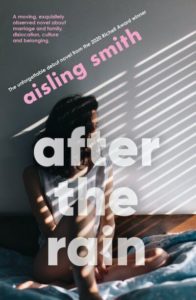 After the Rain
After the Rain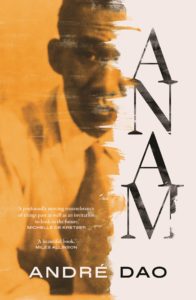 Anam
Anam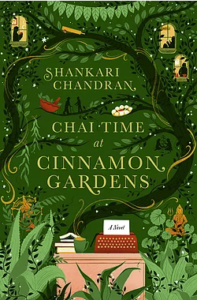 Chai Time at Cinnamon Gardens
Chai Time at Cinnamon Gardens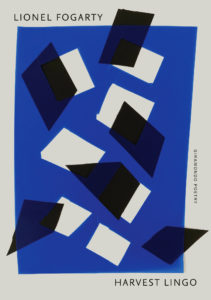 Harvest Lingo
Harvest Lingo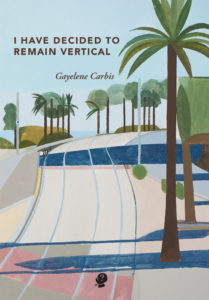 I Have Decided To Remain Vertical
I Have Decided To Remain Vertical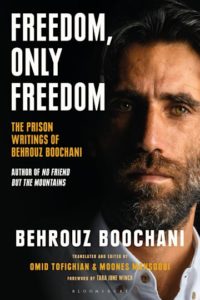 Freedom, Only Freedom
Freedom, Only Freedom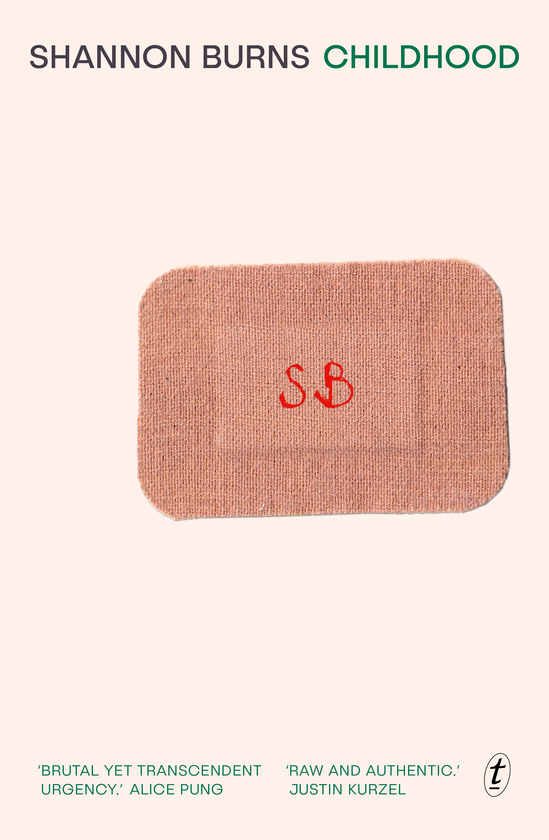 Childhood
Childhood This Devastating Fever
This Devastating Fever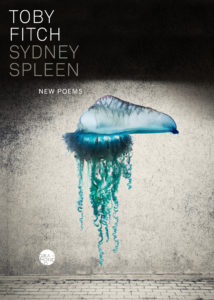 Sydney Spleen
Sydney Spleen